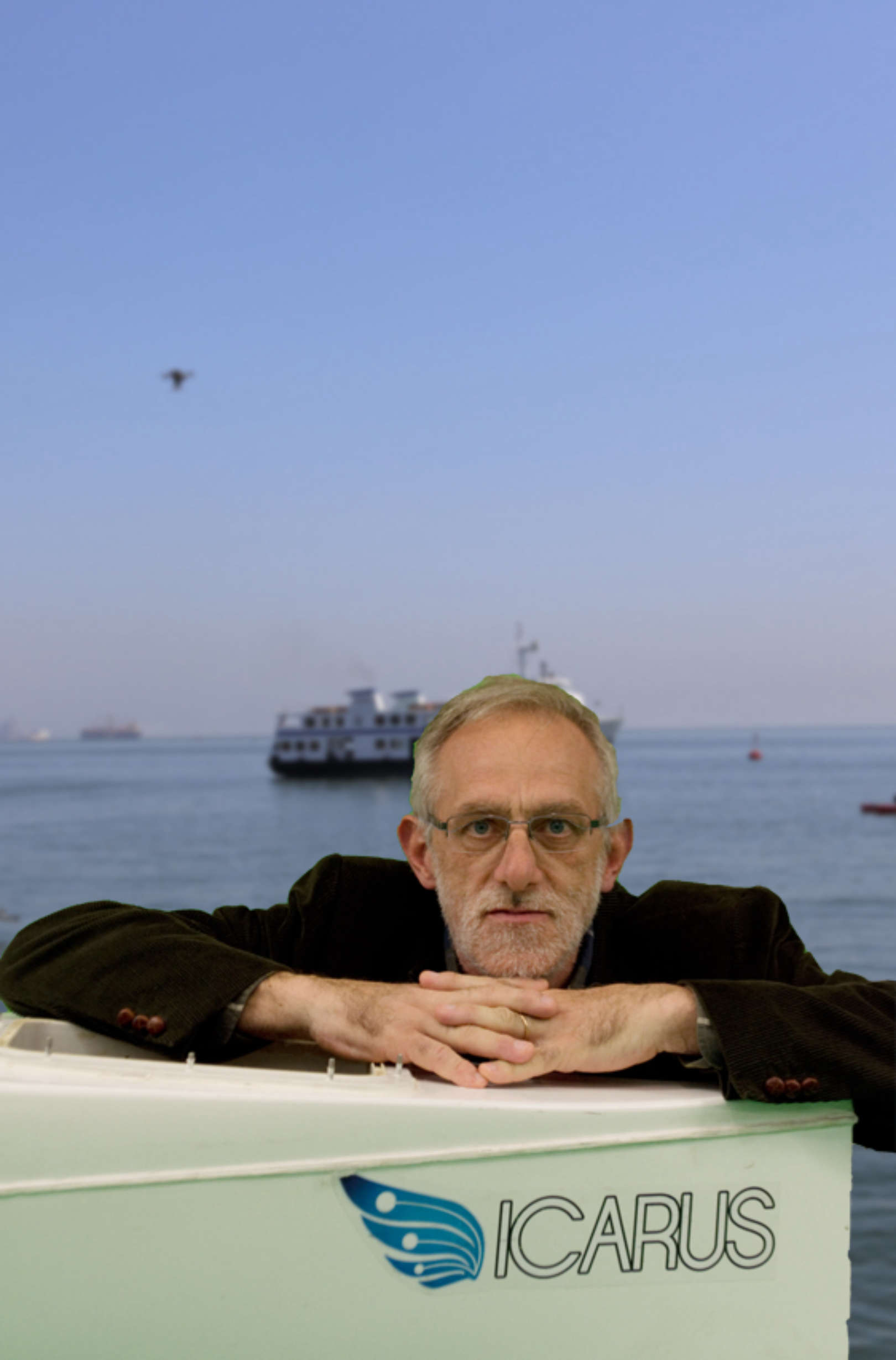Sobre
Licenciei-me em Engenharia Eletrotécnica e Computadores na Faculdade de Engenharia da Universidade do Porto em 1985. Desde essa data entrei na Faculdade de Engenharia como Assistente Estagiário e ao mesmo tempo no recém criado INESC do Porto, onde nos primeiros anos desenvolvi trabalho na área da Investigação Operacional, Computação Gráfica e Microeletrónica, que foi o tema do meu projeto final de curso. Durante vários anos estive integrado no grupo de CAD e Microeletrónica do INESC Porto e mais recentemente associei-me ao atual Centro de Robótica e Sistemas Autónomos onde tenho colaborado na conceção e desenvolvimento de sistemas robóticos marinhos, em particular veículos autónomos de elevada autonomia.
Concluí o Doutoramento em Engenharia Eletrotécnica e Computadores em 1998, na área da conceção e desenvolvimento de sistemas computacionais reconfiguráveis. Atualmente sou Professor Associado na Faculdade de Engenharia da Universidade do Porto onde tenho lecionado nas áreas de projeto de sistemas digitais para tecnologias microintegradas, microeletrónica digital e circuitos elétricos. A minha área de especialização principal situa-se na conceção de sistemas computacionais dedicados e sua implementação em plataformas digitais reconfiguráveis baseados em dispositivos digitais FPGA (Field-Programmable Gate Array).


